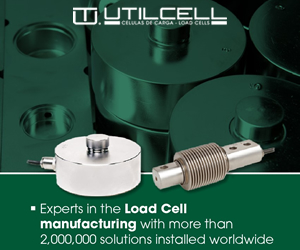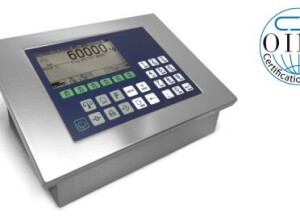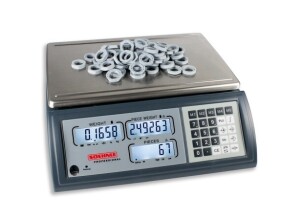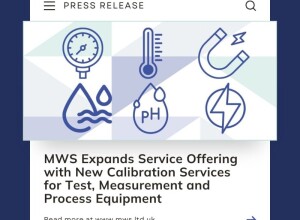[Article]: The Role of Current Transformers in Protecting Automated Weighing Lines from Electrical Disruptions
Automated weighing lines are essential in many industries, from logistics to food processing. And in all places they are used, they are always expected to provide accuracy and reliability, the lack of which can affect many other processes and lead to non-compliance.
But since these systems rely on highly sensitive electronics, they are quite sensitive to fluctuations in the electrical supply. Even a brief surge can cause inaccurate readings or downtime, meaning businesses have to ensure maximum current protection.
Current transformers (CTs) play a crucial role in this process as they link high-current lines to critical protection equipment. In today’s guide, we’ll look at how they fit into the overall electrical safety framework.
What are Current Transformers?
Current transformers, or CTs, are electrical devices that help monitor high-voltage lines by stepping down the current to a level that is more manageable. The scaled-down signal is then passed to equipment monitoring and protective equipment, which can then give readings or break circuits whenever there’s a fault.
To do this, most CTs have three components: a primary conductor, a magnetic core, and a secondary winding. Current usually goes through the CT using a single cable or busbar and generates a magnetic field. This then leads to a proportional current in the CT’s secondary winding, and the smaller is fed to safety equipment.
That said, some types of CTs use a different but similar approach that doesn’t include a primary winding.
CTs as the First Line of Defence
Due to their role as the link between high current and critical monitoring and safety equipment, CTs help maintain system integrity in different ways.
Detecting Overcurrent and Short Circuits
Automated weighing systems usually have different systems like conveyor drives, dosing equipment, and motorised equipment, all of which draw varying loads. If there’s an electrical fault that passes a surge to these systems, they could easily malfunction or completely shut down the weighing line.
CTs, in conjunction with protection relays, are responsible for ensuring this doesn’t happen. They are expected to accurately pass on high-current electrical issues to safety equipment, which then can protect your sensitive systems by tripping the circuit. If a CT passes incorrect information, this could then affect the safety of the entire system.
Protecting Load Cells and PLCs from Surges
Load cells and programmable logic controllers (PLCs) are quite sensitive, and small voltage spikes can be enough to cause damage.
CTs prevent this by providing galvanic isolation between high-power circuits and control components. This prevents surges from reaching and damaging crucial weighing systems.
Supporting Relay Logic and Automated Trip Systems
CTs are responsible for supplying real-time current measures to digital or electromechanical relays, which then react whenever necessary. If there’s an issue with the power lines, such as a current imbalance, phase loss, or earth fault, the relay logic will immediately shut down the circuit or reroute power.
Enabling Localised Fault Diagnosis
Normally, CTs are installed strategically across different segments of industrial circuits. When an abnormality is detected, operators can immediately pinpoint the location where the issue is, helping reduce downtime.
Predictive Maintenance for Weighing Equipment
Apart from being the first line of defence, CTs also play a key role in identifying small issues before they cause costly breakdowns. Since they are continuously monitoring power, they can reveal early signs of current issues at a certain point, and even equipment that starts drawing more power than usual.
This data allows maintenance teams to act proactively before the small issues lead to performance drops or failures, which is important for weighing lines as uptime and accuracy are crucial. This approach helps avoid unexpected stoppages and also extends the lifespan of crucial weighing system components.



























Interested? Submit your enquiry using the form below:
Only available for registered users. Sign In to your account or register here.